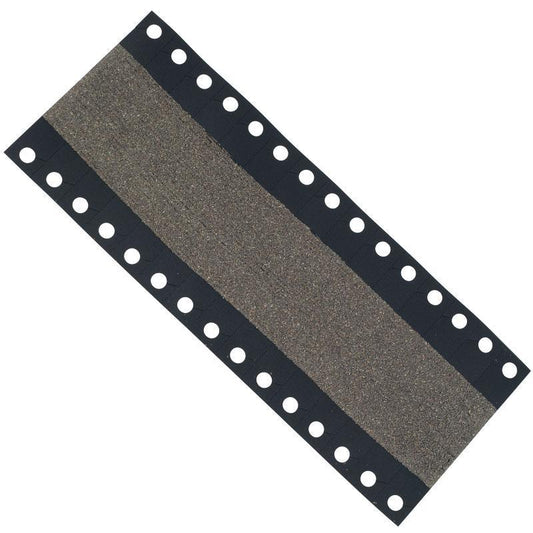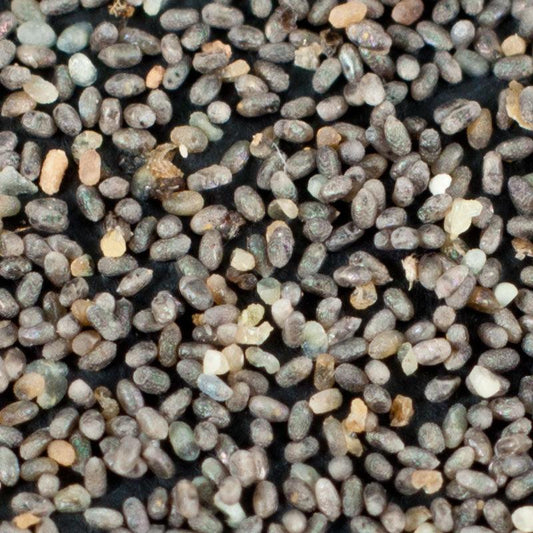Watch our video on Beneficial Insects: Parasitic Organisms:
Did you know that some of the best garden helpers are often invisible to the naked eye? Beneficial parasitic organisms like Trichogramma wasps, predatory mites, and nematodes are nature’s pest control heroes, helping you manage harmful pests organically and effectively.
Meet Your Parasitic Allies
- Trichogramma Wasps: These tiny wasps parasitize and consume the eggs of moths like the codling moth. Set out Trichogramma wasp cards when moth activity begins, using pheromone traps to time the release accurately. Attach the cards to plants, preferably in shaded areas under foliage.
- Fly Parasite Wasps: Perfect for farms and livestock areas, these wasps parasitize fly larvae in manure piles or coops. Release them every 1-4 weeks during warm weather for best results.
- Predatory Mites: If your plants are under attack by mites or fungus gnats, predatory mites can help. Sprinkle them on dampened plants early in the morning or evening to control pest populations before they escalate.
- Beneficial Nematodes: These microscopic organisms live in the soil and target pests like grubs and Japanese beetles. Apply them with water in the early morning or late evening for optimal effectiveness.
Tips for Success
- Release parasitic organisms early to prevent pest infestations.
- Avoid using pesticides, even organic ones, as they can harm beneficial organisms.
- Keep parasitic organisms in optimal conditions—avoid freezing or flooding for best survival rates.
For more information, explore our Beneficial Insects Collection and discover the best helpers for your garden.


